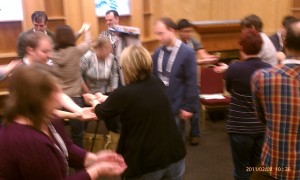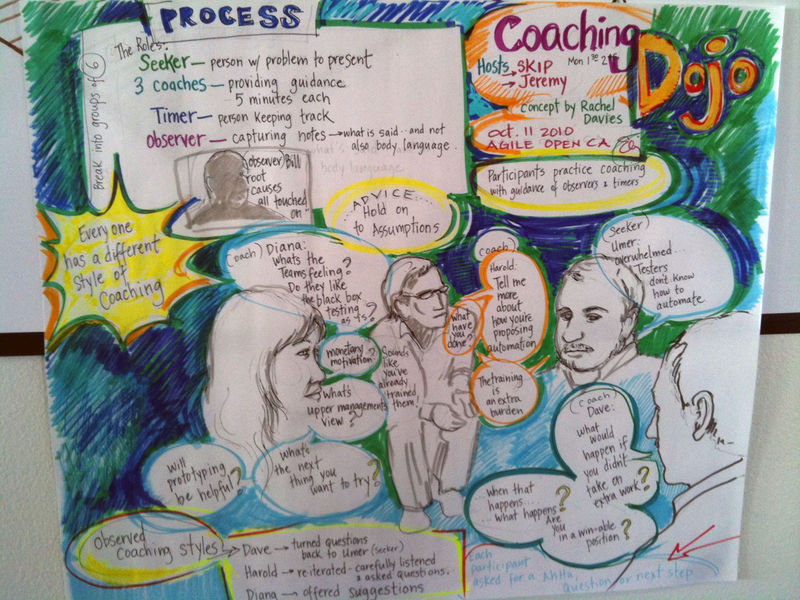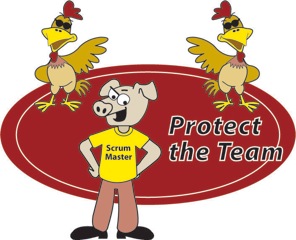After visiting a start-up that is adopting scrum, I received the following email from “B” and I’d like to share the answer here. As you will see, they are trying to be more agile, and wondering how to deal with their remote quality assurance team.
Hi, Chris,
Great agile session today. I learned a lot from you. Here are my two questions:
What is the impact of agile to the remote team? We have an outsourced QA team in China.
For the QA testing, how often should developers deliver a stable build to QA for testing?
Thanks,B.
With part of the team in California and part in China, the biggest source of trouble will be communication. Of course, this is true even if you are not trying to work in an agile way.
Read the full article…




